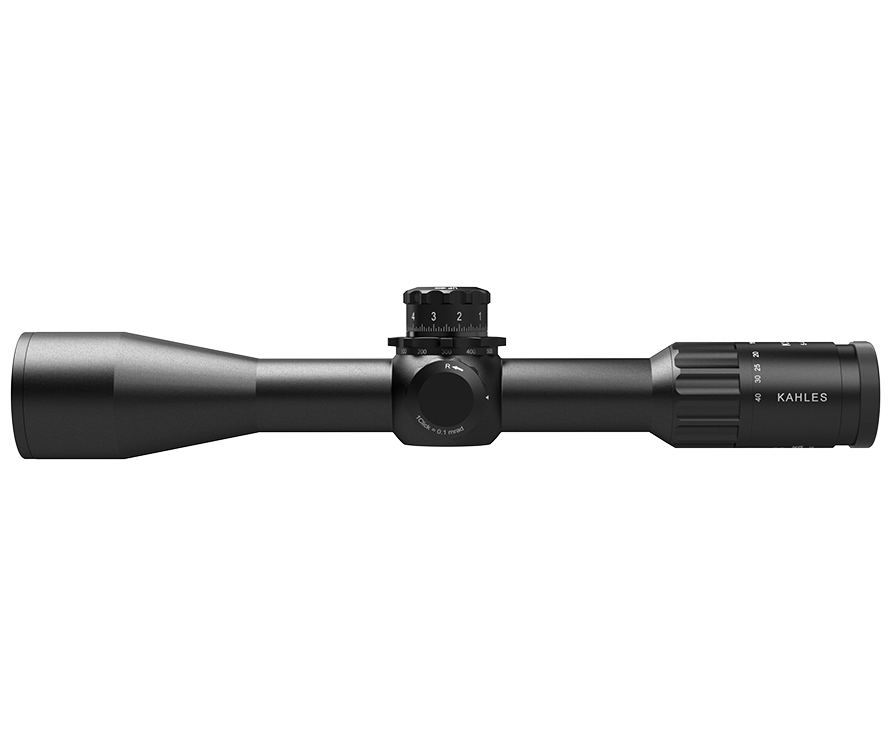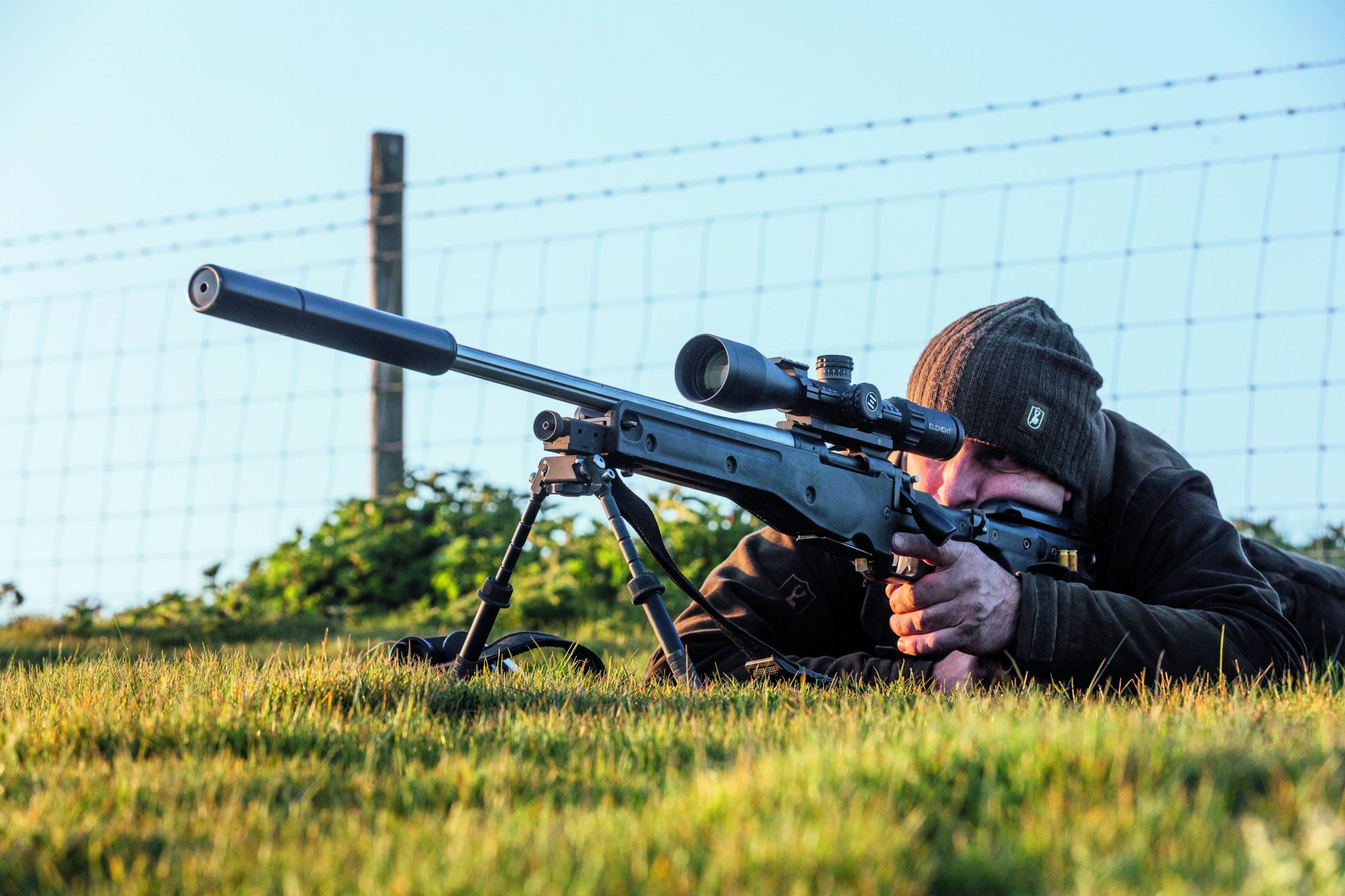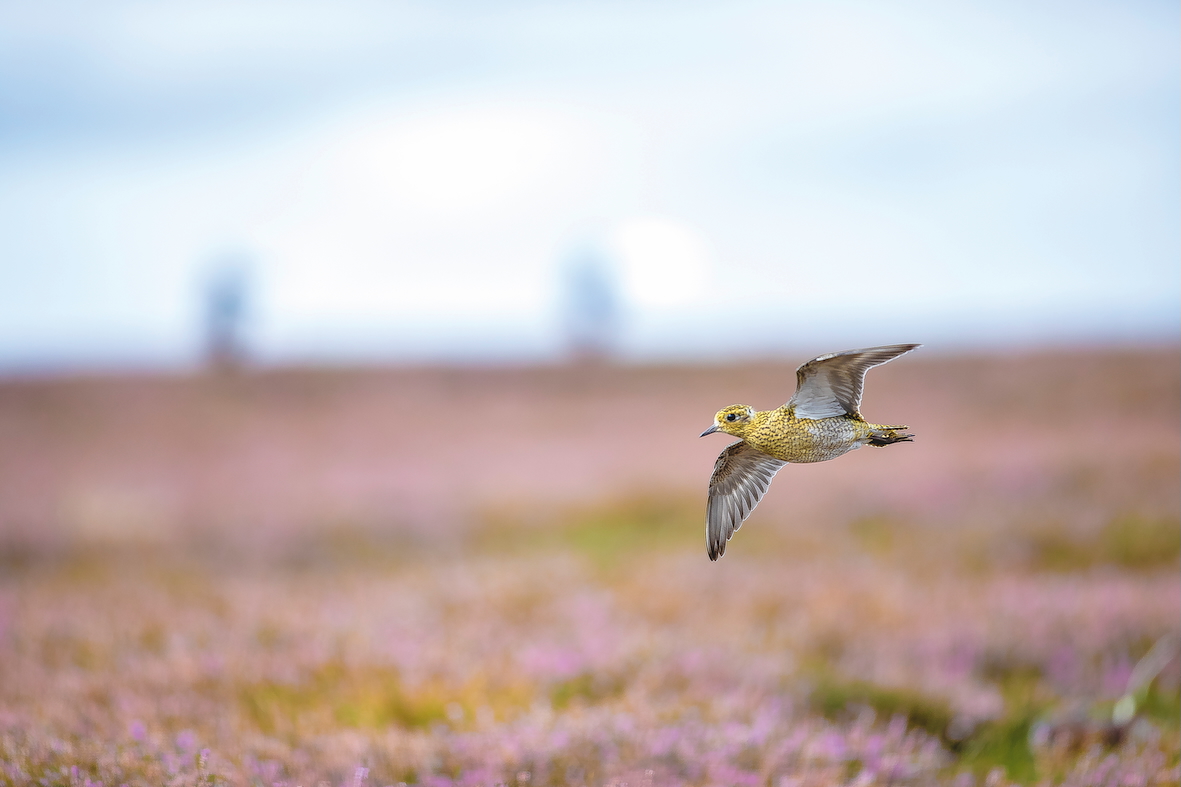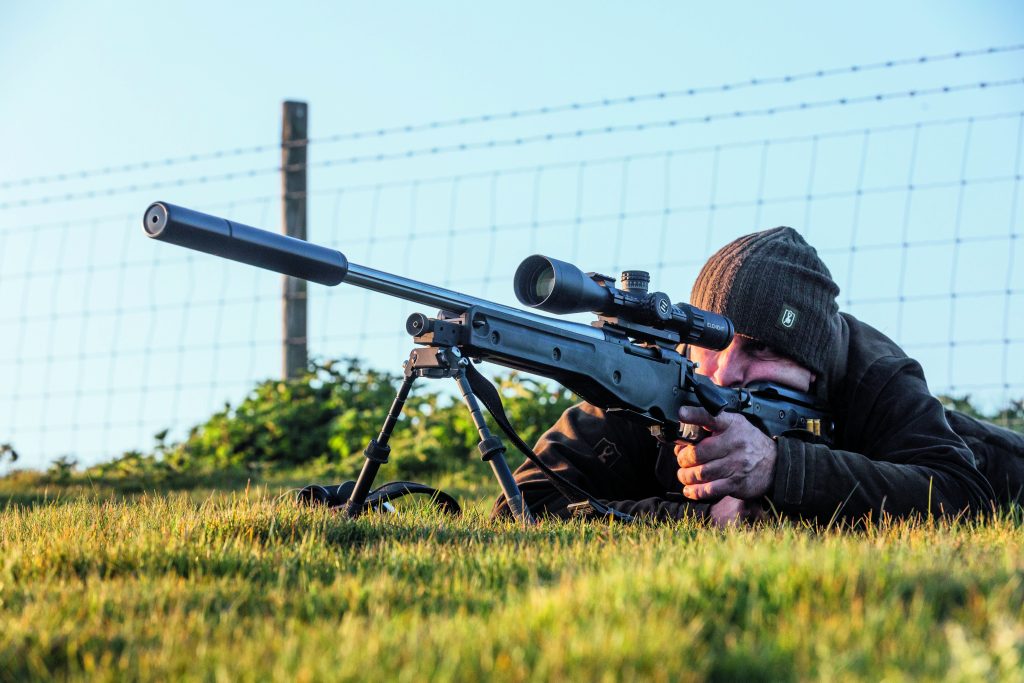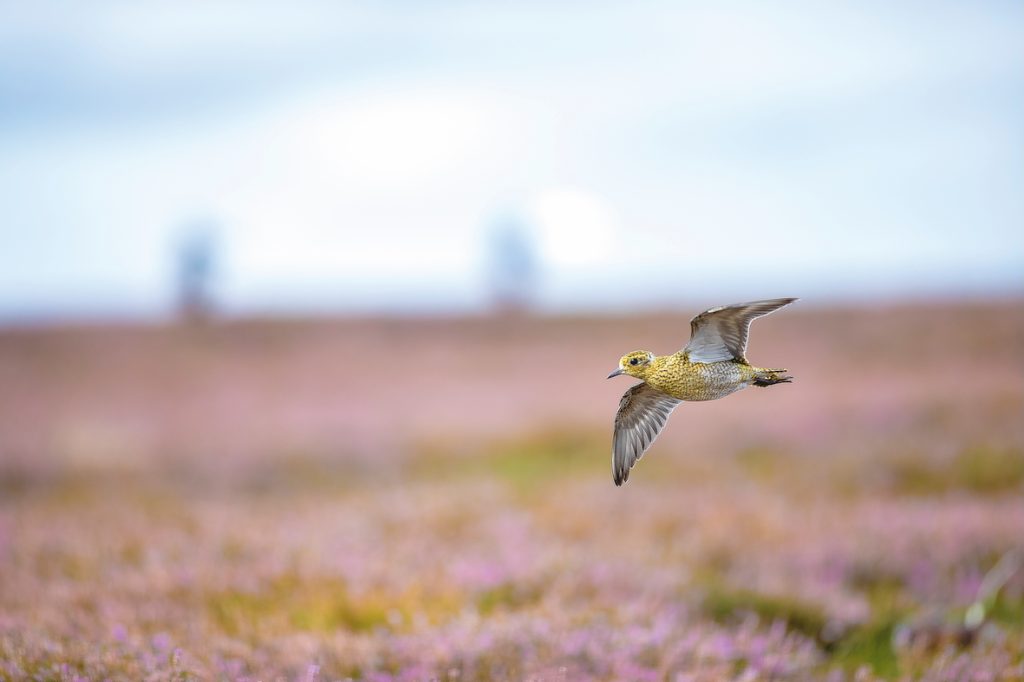News
The 28-bore’s rise in popularity
Close to extinction 30 years ago, why has the 28-bore seen such a dramatic rise in popularity? It’s the gun of choice for the roughshooter, says Robin Marshall-Ball
Would you like to speak to our readers? We offer sponsored articles and advertising to put you in front of our audience. Find out more.Back in May 1979, I wrote an article for ST ? The Forgotten Shotguns ? in which I described two unregarded calibres of the time: the 16- and 28-bore. Now, almost 30 years later, the 16-bore is still the wallflower of the gun-rack, but the 28-bore is firmly back in the limelight, having hitched a ride on the back of the meteoric rise in popularity of the 20-bore.
When I moved south from Lincolnshire to Wiltshire, 25 years ago, all members of the roughshoot I joined were 12-bore users. Now, as I look around at my fellow Guns on a shoot day, approximately 30 per cent carry 20-bores, while the 28-bore puts in an occasional appearance at some of our venues, particularly those where the terrain is tough and no duck are expected.
What, then, are the attributes and limitations of this, one of the smallest of our game gun calibres? Its downsides can be summarised thus: limited versatility, limited loads, limited range ? and limited suitable quarry species. When one compares the shot capacity of a 28-bore cartridge with that of a 12-bore, who can possibly claim that the smaller gun is as effective in all situations as the ubiquitous 12?
Available only in 2?in or 2?in chamber lengths, the 28-bore does not have the versatility of the 20-bore, but then I believe that a 3in-chambered 20-bore is pointless, as a light 12-bore game gun will shoot the same load much more efficiently. My own 28-bore is chambered for the standard 2?in cartridge, which has a shot load of 16g. Small cartridge capacity means small shot sizes must be used in order to maintain a pattern dense enough to ensure clean kills.
A standard 28-bore load of No7 lead shot contains 193 pellets and produces approximately the same pattern density as a standard 12-bore cartridge loaded with No4 shot ? there isn?t much wrong with that, though the smaller shot size loses its striking energy much more quickly. Thus the 28-bore must be restricted to a range in which it will have a sufficiently dense pattern and the shot retains killing power. This limits its effective range to no more than 30 yards or so.
The use of small shot also puts a restriction on quarry species. Where it is still legal, and even at 30 yards, No7 lead shot will simply bounce off the dense plumage of wildfowl, so use of the 28-bore must be restricted to lighter-feathered birds still large enough to be killed instantly through several pellet strikes. This limits the list of suitable quarry to birds such as pheasant, pigeon, partridge and woodcock.
Despite these limitations, however, the 28-bore does possess some attributes that make it a useful addition to a shooter?s cabinet. Its primary advantage is its lightness. Some time ago, ST carried a review of an over-and-under 28-bore that weighed a shade under 7lb (Russian Remington, 6 April) ? why on earth would anyone accept the restrictions imposed by this small calibre and yet encumber him or herself with a gun that, even for a 12-bore, is on the heavy side?
A double 28-bore should weigh 5?lb or so, making it easy to carry on a long day?s roughshooting over difficult terrain and easy to swing for snap-shots in close cover. An additional bonus is that your pocket or bag can hold many more 28-bore cartridges than 12s, thus allowing more shots for the same weight and bulk. With these advantages, it is not surprising that the 28-bore is the favoured calibre for quail hunters in the American Midwest.
But how about the use of a 28-bore in Britain? For short-range shooting it will perform as well as ? and in some cases better than ? the larger calibres. Think of decoying pigeon over corn stubbles on a warm, late-summer afternoon, your decoys set out in a tactical pattern with markers at 20 and 30 yards ? the 28-bore?s killing zone. Think of the birds that suddenly crest the hedge above your hide and swoop unhesitatingly in to the decoys. It is here that the quick-handling characteristics of your 28 really give you an advantage.
And what of that large block of maturing conifers and thick undergrowth that you plan to shoot in November, after the full moon and following a north-east gale? On this ground there will be no archangel pheasants and word has it that woodcock have arrived in the area. Walking-up through the undergrowth or standing at a peg on a narrow ride, you have only a split second as your enthusiastic spaniel flushes one of the elusive birds, or another flits across the narrow strip of sky over the ride. It is in these situations that the 28-bore can be the ideal gun.
On my roughshoot we have one steep, densely-wooded escarpment. Walking this bank is an exhausting experience, but there are times when we have seen good numbers of woodcock, as well as the odd pheasant. I look around at my fellow Guns on a crisp November morning as we gather before the onslaught on ?The Bank? ? six carry 12-bores, four hold 20s and three, including me, are using 28-bores. The little 28 has certainly made a comeback from the brink of obscurity.
Related articles
News
A sound decision as moderators to be taken off licences
The Government has finally confirmed what the shooting community has long argued – that sound moderators should be removed from firearms licensing controls
By Time Well Spent
Gamekeeping news
News
Devastating effects of keepers downing tools
A 20-year experiment highlights the dramatic decline in our red-listed birds after predator control ends, proving the vital role of gamekeepers
By Time Well Spent
Manage Consent
To provide the best experiences, we use technologies like cookies to store and/or access device information. Consenting to these technologies will allow us to process data such as browsing behavior or unique IDs on this site. Not consenting or withdrawing consent, may adversely affect certain features and functions.
Functional Always active
The technical storage or access is strictly necessary for the legitimate purpose of enabling the use of a specific service explicitly requested by the subscriber or user, or for the sole purpose of carrying out the transmission of a communication over an electronic communications network.
Preferences
The technical storage or access is necessary for the legitimate purpose of storing preferences that are not requested by the subscriber or user.
Statistics
The technical storage or access that is used exclusively for statistical purposes.
The technical storage or access that is used exclusively for anonymous statistical purposes. Without a subpoena, voluntary compliance on the part of your Internet Service Provider, or additional records from a third party, information stored or retrieved for this purpose alone cannot usually be used to identify you.
Marketing
The technical storage or access is required to create user profiles to send advertising, or to track the user on a website or across several websites for similar marketing purposes.

